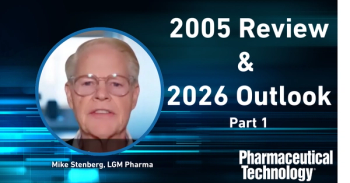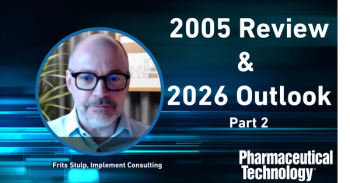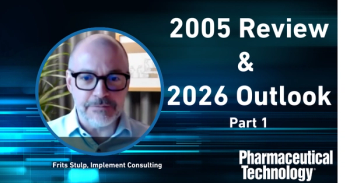
FDA's FY 2009 Budget May Increase
Earlier this week, House Appropriations Committee Chairman Rep. David Obey (D-WI) introduced the FY 2009 Omnibus Appropriations Act (H.R. 1105).
Washington, DC (Feb. 26)-Earlier this week, House Appropriations Committee Chairman Rep. David Obey (D-WI) introduced the FY 2009 Omnibus Appropriations Act (H.R. 1105). Included in the proposed bill is $2.622 billion for the US Food and Drug Administration, approximately $511 million of which is to be derived from prescription drug user fees.
The Center for Drug Evaluation and Research may receive approximately $777 million for its activities and those of the Office of Regulatory Affairs (ORA), $41 million of which would go to the Office of Generic Drugs. The Center for Biologics Evaluation and Research may receive about $271 million for its activities and those of ORA.
In December 2007, Congress enacted the FY 2008 omnibus appropriations, which gave FDA $1.714 billion, and in June 2008, Congress gave the agency another $150 million as part of the FY 2008 emergency supplemental appropriations bill. FDA can use the $150 million through Sept. 30 of this year, according to the Alliance for a Stronger FDA.
Overall, the proposed nearly $2 billion in direct appropriations for FY 2009, ending Sept. 30, 2009, would be a few million more than FDA’s FY 2008 funding of approximately $1.7 billion. The full proposed appropriations bill is available online
Newsletter
Get the essential updates shaping the future of pharma manufacturing and compliance—subscribe today to Pharmaceutical Technology and never miss a breakthrough.




